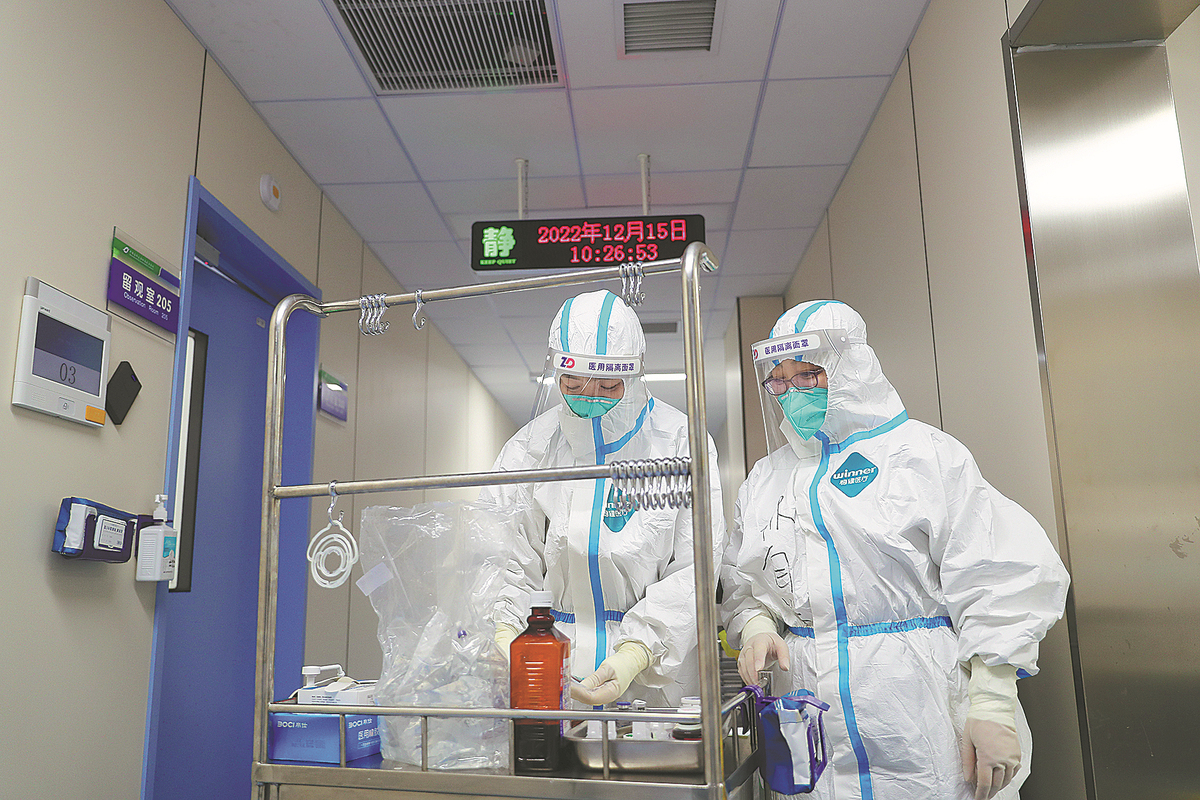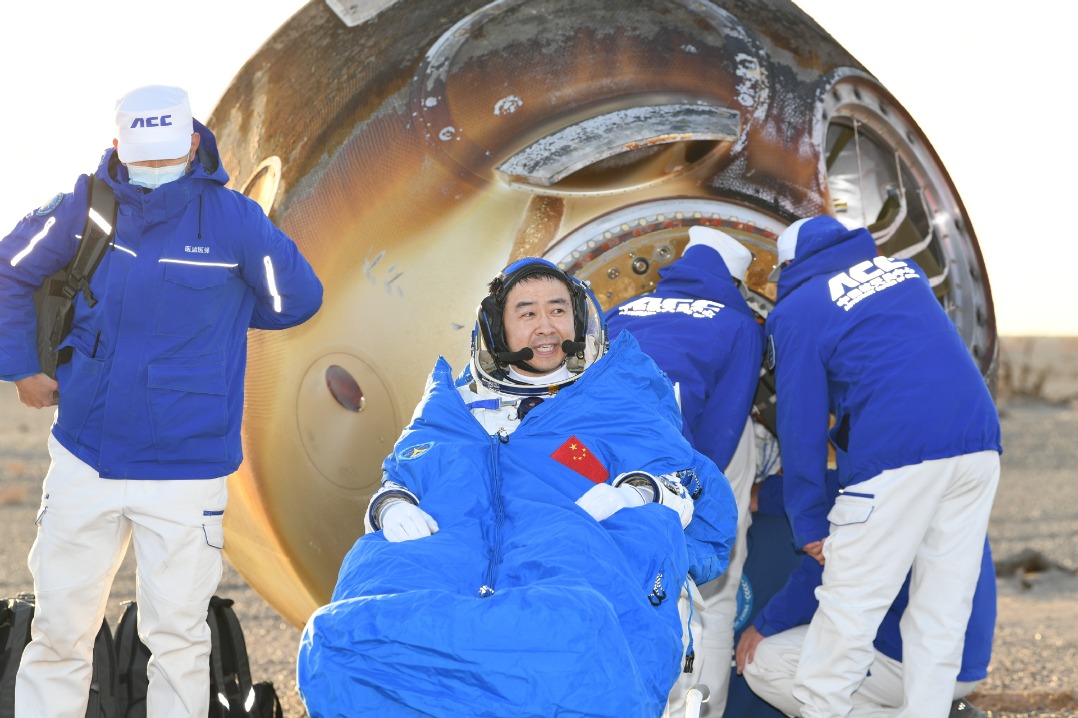Valiant medics rise to new challenges






Mounting case numbers tackled as restrictions eased
Editor's note: Medical teams have been working under immense pressure around China this month following the introduction of the optimized COVID-19 control policy. Five doctors share their fight against the virus.
Tang Youqing's battle against the COVID-19 epidemic started at Huoshenshan makeshift hospital in Wuhan, Hubei province, where he served as deputy director of the intensive care unit in 2020.
Now director of the emergency department at Guangdong Second Provincial General Hospital, Tang urged his staff members to prepare for great difficulties as COVID-19 control measures were eased.
"I was fully aware of the potential difficulties and stressed them repeatedly. My team was not caught by surprise," Tang said.
"I told them we would be infected sooner or later. I also told them to protect their families, especially the vulnerable members, and to try to avoid going home for the time being."
Tang had not been home for nearly two months since his hospital became one of those designated to treat COVID-19 patients. The hospital is situated in Haizhu district, the area of Guangzhou worst hit by a COVID-19 outbreak in October.
Tang tested positive for coronavirus on Sunday. Most of the 21 doctors in his department were infected, with the first group of them returning to work on Monday.
The number of patients in Tang's department, including those in serious condition, rose sharply after the hospital, like many others, relaxed requirements for accepting patients as COVID-19 control measures were eased.
Internal medicine doctors in the department and those responding to emergency calls are bearing the brunt of the workload, with the internal medicine section working 12-hour shifts.
"Many of our team members took medicine for fever and continued to work," Tang said.
His job also involves coordinating with other departments at the hospital — a task that has become more demanding with the influx of patients.




















